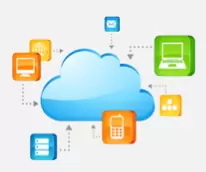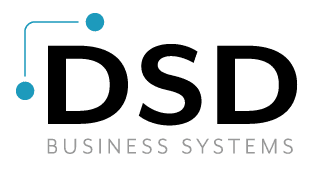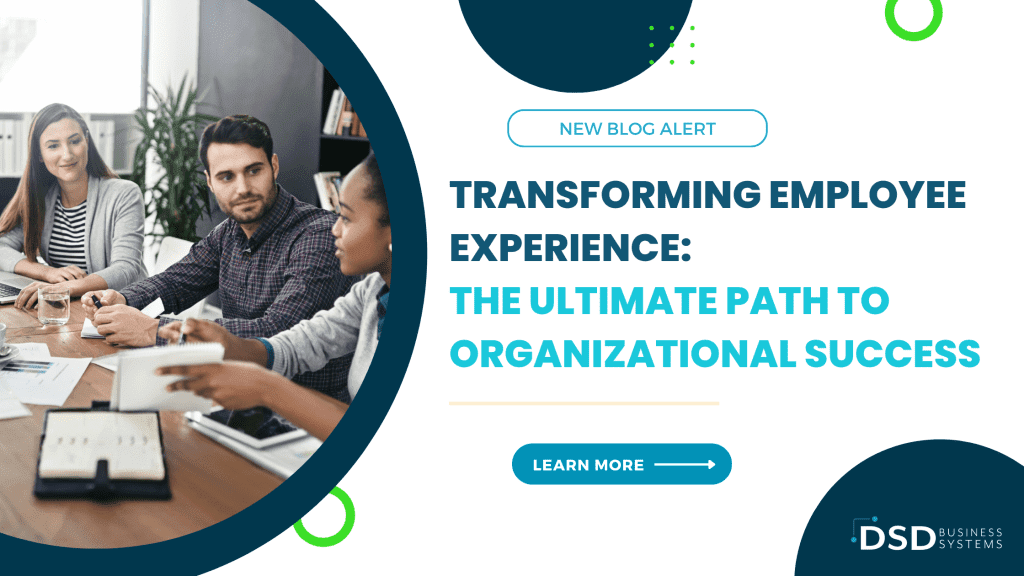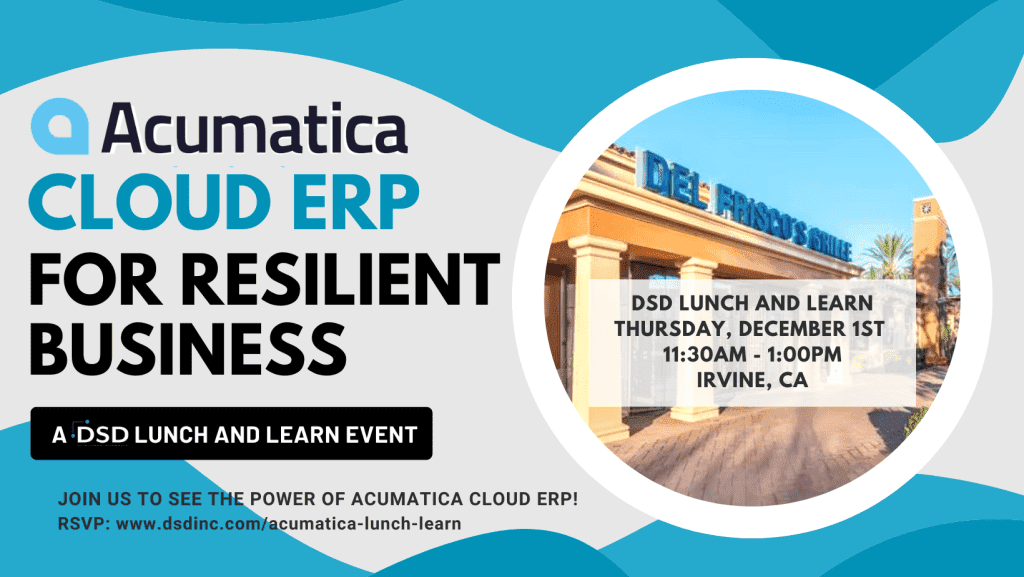ERP and CRM Software in the Cloud: Making the Move to the Cloud (Part III)
In the final blog of our series, we focus on what companies with on-premises based software need to consider before moving to a cloud-based solution.
How does Cloud Software Differ in Design from On-Premises or Legacy Software?
There are fundamental differences between software that was written for the cloud, and software that was originally written for an on-premises deployment only (legacy software). The most commonly used languages for legacy software are Visual Basic, C++, Business Basic, Providex, Visual C, and older languages such as Fortran, Pascal, RPG, etc. The problem with these languages is that they are not very efficient when used over the Internet by remote users. Bulky programs must be downloaded to the user’s workstation, causing it to be slow and to use too much Internet bandwidth. These are often referred to as thick clients by IT experts.
 Cloud software is written in a web-ready language, so that it can be accessed by a user via his or her web browser. These languages are almost always characterized by a web-style user-interface, and they are highly efficient. That is, they are the thinnest of clients. They use as little Internet bandwidth as possible, allowing access by a greater number of users through the same Internet portal.
Cloud software is written in a web-ready language, so that it can be accessed by a user via his or her web browser. These languages are almost always characterized by a web-style user-interface, and they are highly efficient. That is, they are the thinnest of clients. They use as little Internet bandwidth as possible, allowing access by a greater number of users through the same Internet portal.
Typical programming languages used by cloud software publishers are JavaScript and .net for the user interface (client-side). C, C++, C#, Java, PHP, ASP.NET, Ruby and Perl are commonly used for the “backend” programming (server-side). The “backend” programs are those that run on the server only, and are not being downloaded and run on the user’s workstation.
On-premises (legacy) ERP and CRM software can be re-written for the cloud using a web-ready language and appropriate development tools, but that is a gigantic undertaking, usually taking one or more years. But a new option has emerged recently. It is Windows Azure by Microsoft. The beauty of Azure is that it allows legacy software and operating systems to operate almost as efficiently in the cloud as software that was written for the cloud. Azure uses Microsoft datacenters and the backend database is SQL. You will see many legacy software vendors making their products available in the cloud in the near future using Windows Azure.
If I have an On-Premises System, Should I Consider Moving my ERP and CRM Software to the Cloud?
Actually, you’re probably already partly in the cloud, whether you know it or not. Virtually all on-premises ERP systems, and many CRM systems, use connected services that are cloud-based. That doesn’t mean that you have a cloud system, it just means that you are a cloud user. Your ERP and CRM software must be hosted by a cloud provider for you to consider yourself to be in the cloud.
The biggest challenge for on-premises ERP and CRM users who are thinking about moving to the cloud are:
- Existing IT infrastructure. You likely have a sizable investment in server and network hardware and software, in routers and switches, etc. Your likelihood of your being able to justify a move to the cloud may depend on how new or old those systems are. If they are 3 or more years old, and will be in need of replacement anyway in the next 1-2 years, then a move to the cloud may be the right thing for you to consider. On the other hand, if your IT infrastructure is relatively new, then you may want to wait until it needs to be replaced.
- Environmental considerations. Electricity, cooling and physical security are the biggest environmental factors affecting an on-premises server and network. If you find that your electricity costs are spiraling out of control, or the quality of the electricity to your building has been a problem, or HVAC issues in your server room have been challenging, or you are concerned about the lack of secure access to your server room, then you should consider offloading all these headaches to the cloud. The only thing that you’re left with, once you move all your applications to the cloud, is your individual workstations and any hardware that allows you to connect to the Internet.
- Will your data be safe in the cloud? You are giving up some control of your most sensitive company data, so you must be sure that it’s well-protected, that it’s backed up on a regular basis, and that the datacenter is relatively disaster-proof.
- Staffing issues. By moving your ERP and CRM systems to the cloud, does that cause your IT staff to be significantly less busy, and if so, what is the impact on their schedules? Can you still afford to keep them employed on a full time basis, or is it time to look at the possibility of outsourcing your IT?
- What kind of support will you receive from your cloud provider? If you experience data loss, will you be able to talk to a technician on an urgent basis? If premium support is offered, how much is it, and how does it change your support coverage?
- Ease of use. How friendly is the cloud environment that you’re considering? If you already have an Intranet for your in-house network, then the changeover to the cloud should be much easier. It should be virtually transparent. But if you don’t have an Intranet, how easy will it be for your users to login and find their most commonly used applications? Does the cloud provider have a standard user portal that you can modify for your own use?
- Scalability. Does your prospective cloud provider have the ability to grow as your company grows? Are there any hard limits on the number of users or on the amount of disk storage space that you have access to? Will you be warned that you’re getting close to a limit before you actually reach it?
- Data migration. Will your ERP or CRM data be readily available to you, for moving to another publisher’s software, if you outgrow your cloud provider? This is a critically important question, because you do not want a cloud provider to keep your business by holding your data hostage.
You must have answers to these questions before you make any moves, and remember to get references from existing users.
The cloud isn’t for everybody, but it’s a great choice for many companies who want reliable and secure access to their software from anywhere in the world. But the most important factor is still, and will always be, how well your ERP and CRM software fits your existing business practices and solves your future business issues. Choose software that has the features that you need, capacity for growth, and capability for customization, then decide where it will be located. Approaching this decision in any other way is truly putting the cart before the horse.
We would like to receive your feedback about your experiences or if you have questions that we haven’t answered!
Written by Doug Deane, President & CEO of DSD Business Systems.









